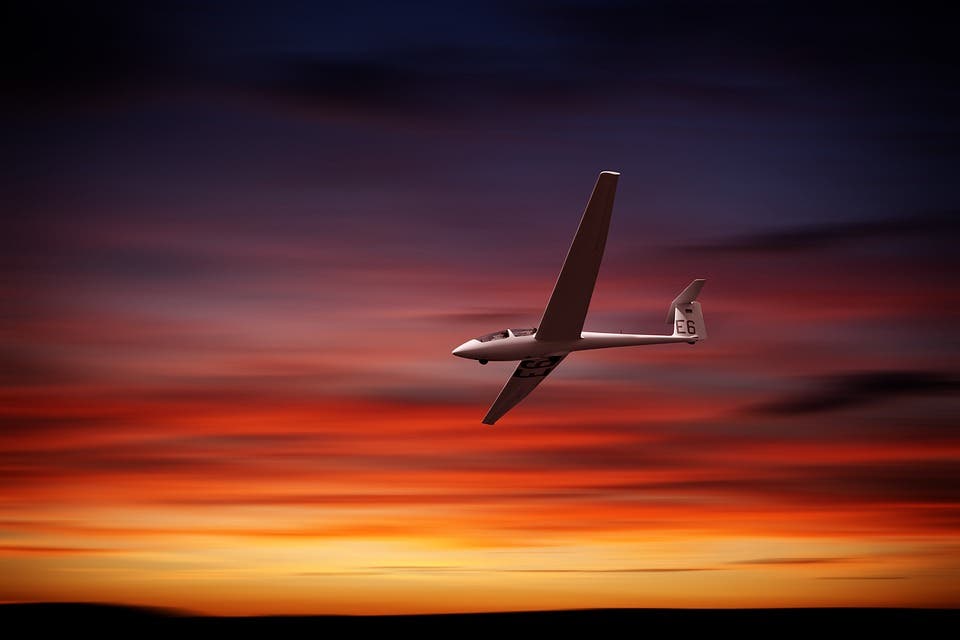The albatross is one of nature’s most interesting creatures. They seem to fly for hours and hours and yet they only flap their wings on rare occasions. The bird achieves this marvelous feat, sometimes traveling for 10,000 miles at a time, by exploiting dynamic soaring, essentially catching currents. How exactly birds ride air currents is not perfectly understood — but we’re getting there.
Researchers have reported in the journal Nature that they were able to design an artificial intelligence (AI) system that learned how to take advantage of a particular type of air current — rising columns of warm air known as thermals — in order to fly a glider.

The AI used reinforcement learning, a type of machine learning where an agent learns how to behave in an environment by performing actions and seeing the results. In other words, the machine wasn’t instructed on how to perform this task — it had to act in an optimal way, maximizing results based on a number of inputs. It’s the same algorithm used by Google’s infamous AlphaGo that learned to play the board game Go all by itself and then beat professional players — a feat simply not possible with conventional programming techniques.
Here, the machine was relayed information such as the glider’s pitch, yaw, groundspeed, and airspeed — parameters which it had to constantly tweak in order to reach the highest climb rate possible.
Thermal updrafts are key to allowing a glider to stay airborne for as long as possible. In an updraft, the increase in vertical air movement can be enough to stop the glider falling and, if the vertical wind is strong enough, allow it to climb. Without an updraft, a glider will gradually fall toward the ground.
The researchers at the University of California, San Diego, and the Abdus Salam International Center for Theoretical Physics, Trieste, Italy, first trained the machine learning algorithm in a simulator, then got their hands dirty in the field. They performed roughly 240 flights above Poway, California which each lasted three minutes, on average. However, during some flights, the glider stayed in the air for up to 45 minutes, flying at the same level as eagles. The glider even got attacked by an eagle during one particular flight.
During this whole time, the AI was completely in control, using thermals to climb into the sky.
This early work suggests that the autonomous aircraft of the future could exploit air currents in order to save energy. Such unmanned aircraft could one day fly alongside migratory birds the whole way, tracking their every behavior and offering important scientific insight.
Before this happens, though, more work needs to be done. Thermals are just one of many types of air currents that an aircraft encounters in real life. A temperature current, or rising air current, is formed when air masses of different temperatures meet. But then there are currents generated by air breaking off mountains or by the collision of air movement at convergence zones. Nevertheless, the work is impressive and promising.
It’s also fascinating to see such powerful demonstrations that show just how flexible reinforced learning can be — from controlling gliders that touch tips with eagles to beating world champions at Go.


